Do wild tortoises get overgrown beaks, and if not, why not?
- tortoisetrust

- Mar 19, 2024
- 3 min read
Updated: Aug 6
A very common question among keepers... answered.

Captive Testudo hermanni boettgeri (Eastern Hermann's tortoise) with a typically overgrown beak.
This question is often asked on tortoise groups, and the usual (correct) answer is that wild tortoises experience a lot more wear than most captive examples. Some keepers attempt to increase wear by feeding on flat stones or slate, and that can help, somewhat. We have not seen a detailed explanation of exactly what kind of 'wear' occurs in nature, how much wear occurs, however, and why. This short article is an attempt to put that right.
First, here is a wild Testudo graeca graeca for comparison. Note the beak. This is entirely typical of tortoises in the wild, with substantial wear and zero overgrowth.

Now, let's take a brief look at the typical habitat.
This is comprised of coarse herbaceous shrubs on a very stony, very dry substrate with a high level of both coarse gravel and fine sand content.
If we 'zoom in' on the plants that tortoises eat, in the exact position that they find them and take special notice of exactly how close to the ground they are (and by what they are surrounded with), it soon becomes clear that it would be virtually impossible to graze on this without contacting and indeed - ingesting - all that grit, sand, and particles of coarse, dead vegetation at the same time. If we look even more closely at these leaves, we can see that may carry a coating of wind-blown sand. This acts exactly like 'sandpaper'. It is highly abrasive.
Surely they don't actually eat that, do they? Don't they pick carefully at it? Yes, they do - no, they don't. We know this for certain by two very reliable methods. 1) Direct observation through telephoto camera lenses and binoculars and 2) By faecal-pellet analysis.
It is also important to address a completely false and misleading claim often made that "wild tortoises only ever feed from tall vegetation, never from vegetation close to the ground". This is entirely incorrect as just a few minutes observing them grazing in the wild will immediately prove.
Let's take a look at some of these wild tortoise pellets.
When we break these down and examine them (including under a microscope) what we find is:
Extraordinarily high fibre content formed of stalks and twigs
Very high levels of sand and small stones
Indications that even when fresh green shoots are available, by preference they still sometimes seem to prefer eating dry material
This very high coarse fibre intake is not only ideal for their highly specialised digestive system, but also helps (with all that sand) to keep the beak worn down, and in addition, this indigestible fibrous material also safely transports the sand, stones and grit through the digestive tract (avoiding problems such as impaction which can affect captive tortoises on fibre-deficient diets).
This level of 'wear and tear' affects other parts of the tortoise too, also keeping nails from overgrowing, and critically, it prevents the keratin of the scutes from becoming too thick (another very, very common problem with captive tortoises, especially those kept indoors). That in itself can lead to problems with thermoregulation (thick, dark scutes respond differently to radiant heat) and this also exerts more physical stresses on the living bone layer beneath. For more detail on these particular aspects see this separate article.
This issue is very commonly encountered by veterinary practices and can affect any species where both the environment and the diet fail to provide the necessary 'wear and tear' to maintain the beak (and claws) in good condition. Hence, the need for 'beak trimming' in so many captive situations.
It is worth noting too that exactly the same issue, arising from the exact same cause, is frequently found in captive birds. The beak of a bird is also comprised of the same material as a tortoise beak: keratin. As avian exotics specialists note "the beak grows continually, and in nature, wears down naturally. If this natural wear does not occur, as is often the case in captivity, overgrowth is the result".
Some of these cases can be quite extreme. Common factors include:
Indoor terrarium maintenance
Diets inadequate in fibre or similarly abrasive content
Diets that are simply too 'soft' overall, e,g., salads, fruits, etc.
So, in essence, this is a very 'integrated' system proving once again how beautifully adapted to these habitats they are, and also of how quickly things can go wrong once they are separated from it.
To receive updates and notifications of new articles, videos and other important news please consider 'Subscribing' to the Tortoise Trust. This supports our work and allows us to make this information available. The Tortoise Trust also offers a comprehensive online training course that covers all aspects of behaviour, ecology and captive care.
(C) 2024 A.C. Highfield / Tortoise Trust















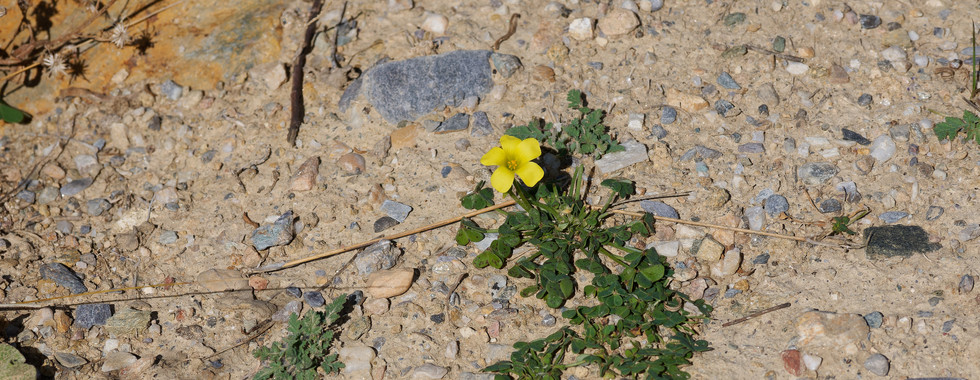
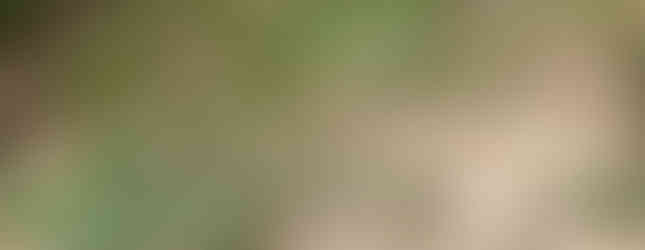

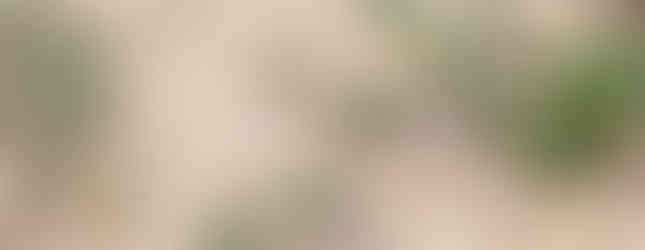







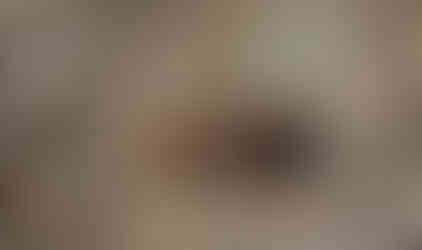


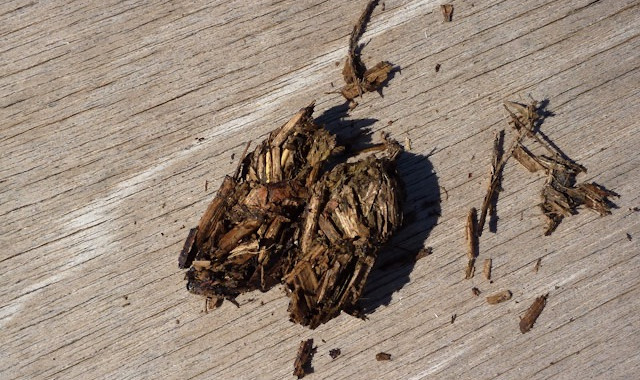








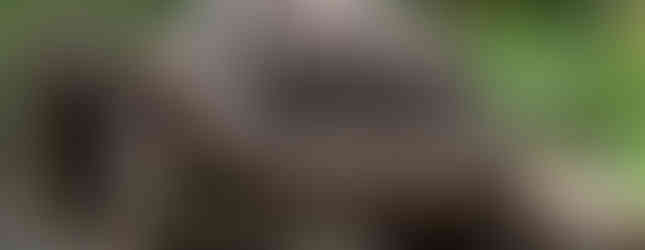




More really useful information
Thank you for publishing